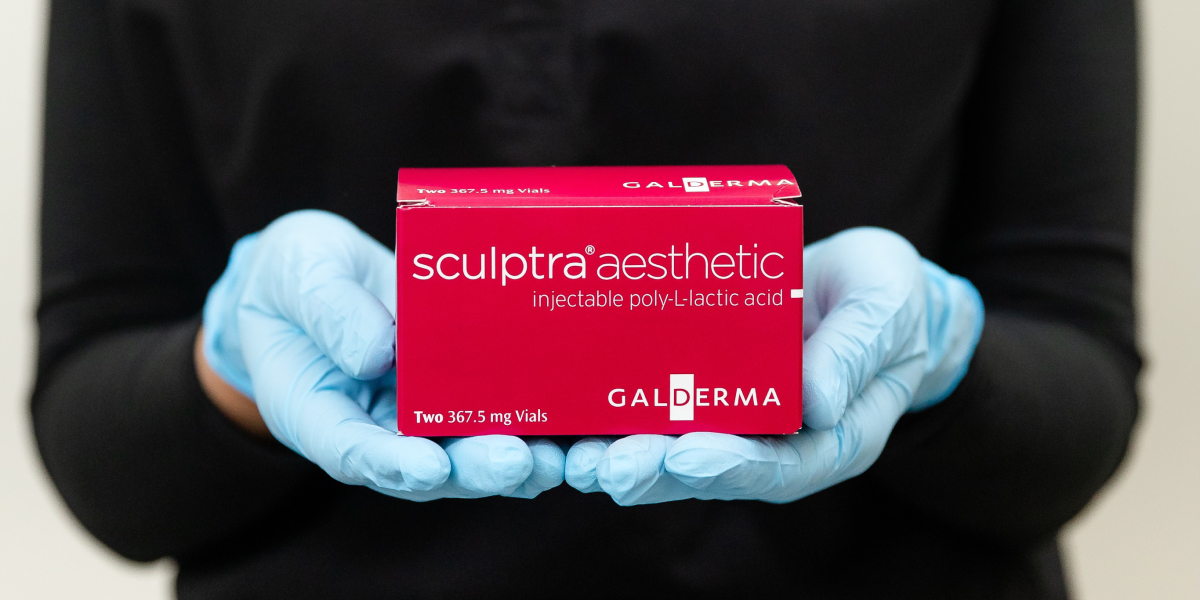One thing you might notice on every bottle of sunscreen is that there's a specific SPF, or Sun Protection Factor. SPF refers to the amount of protection your skin gets from UVB rays. It's the amount of time your skin can be in the sun before it starts to burn. SPF is also a good indication of how often you should reapply the sunscreen. The higher the SPF in a sunscreen, the higher concentration of ingredients the sunscreen will have.
For example, if you're wearing a sunscreen with an SPF 15, your skin is protected from 93% of the UVB rays that reach your skin. Here is where things get a little tricky. A popular myth people believe is that an SPF 30 is twice as powerful as an SPF 15. Not true! If you wear a sunscreen labeled SPF 30, only 96% of the UVB rays will be blocked from reaching your skin. When you wear a sunscreen with an SPF 50, the coverage gets slightly better with 98% of the UVB rays are blocked. If the sunscreen is labeled "broad-spectrum" then your skin will have protection from both UVA and UVB rays. Unfortunately, there isn't a sunscreen on the market that is able to block 100% of all the UV rays out there. So the higher the SPF, the better the coverage, right? Sort of.
The Skin Cancer Foundation recommends that you use an SPF of at least 30; you can still wear an SPF under 30, but you’ll have to reapply the sunscreen more often. Remember, half the battle of wearing sunscreen correctly is wearing the right amount of it and reapplying throughout the day.
What about the sunscreens labeled higher than an SPF 50? Some even go as high as an SPF 100. Is an SPF 100 any more effective than an SPF 50? Not necessarily so says The Skin Cancer Foundation. Anything above an SPF 50 is really unnecessary. The only thing your skin will get is exposure to more chemicals. For the sensitive skin types, the chances are high that an SPF more than 50 will irritate the skin with the overdose of extra chemicals.
The US Food and Drug Administration has proved that the SPF testing system is unable to accurately measure anything above an SPF 50. In fact, in 2007, the FDA proposed legislation that would limit the maximum-labeled SPF value on a bottle of sunscreen to 50.
Before shopping for a sunscreen, make sure you take the time to get familiar with sunscreen terminology. Some basic advice:
- Decide on whether a chemical or physical sunscreen will work best for your sun exposure needs.
- Choose an SPF that matches your level of sun exposure.
- Make sure that the sunscreen is going to protect you from both UVA and UVB rays. Don’t buy into the hype that more SPF is necessarily better.
At SkinSpirit, we carry only our favorite sunscreens from brands such as SkinCeuticals, Colorescience, and SkinMedica.
Need helping finding the right sunscreen for you?
Come into any one of our Northern California or Washington locations for a skin care consultation! Please call us at (855) 383-7546 to book your free consult today.
Disclaimer: Information and content within this blog is provided for informational purposes only. This blog is not intended to provide medical advice, and anything read here should not be construed as such. Reading this blog or communicating with our staff does not create a physician-patient relationship. If you have questions about any health issue, including something you may have read here, please consult a licensed, trained physician or health professional immediately.













